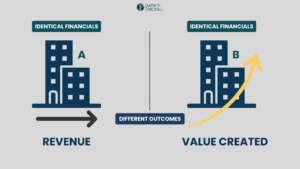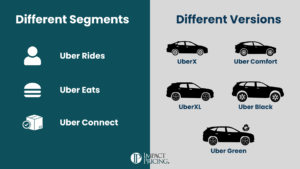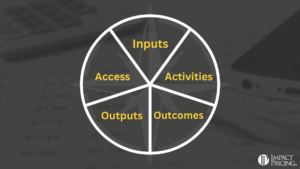The second most powerful tool you have available when it comes to pricing is price segmentation. Every company – big or small – must be thinking about their own opportunities to implement it in some way.
Price segmentation is the process of charging different prices for the same or similar product or service. You can see examples everywhere: student prices at movie theaters, senior prices for coffee at McDonald’s, people who use coupons, and so on. Airlines are the leading industry when it comes to excellent price segmentation; rarely do two passengers ever pay the same price.
Whether you’re a retailer, restaurant, software company, or building physical products, price segmentation is a tool you can – and should – absolutely use.
When it comes to implementation of price segmentation, there are many steps outlined in academic literature – however, there are only 2 steps which are crucial: 1: Segment the market, and 2. Create a mechanism to charge different prices.
The 2 Vital Steps to Implement Price Segmentation
1. Segment the Market
The first requirement is to find segments – or groups – of customers, based on how much they are willing to pay. To keep this example simple, let’s imagine 2 segments: those willing to pay more and those willing to pay less. Let’s call them the “rich” and the “poor”. In general, poor people are more willing to invest time, energy, and effort to get low prices, while rich people are more likely to spend money rather than effort or time.
2. Create a Pricing Mechanism
The best way to learn price segmentation is to go through examples. Let’s look at one we mentioned earlier – students at the movie theater. The movie industry knows most of us are not students, and are therefore “rich” – whereas students are the “poor”, because they don’t have full-time jobs and so have less discretionary income. However, the movie industry still wants them to come to the theaters – to facilitate this, they charge them less. The way they do this is to offer a discount to students, and in order to get the discount, you have to show a student ID. This way, most of us pay the normal, “rich” price, and students pay a lower price.
Let’s broaden this a little to another similar example. Showing a student ID to get a discount at the theater is an example of a broader type of price segmentation: ID for discount. This is used in other ways as well, like when seniors show an ID for a discount.
The action you can make today.
How can you ask for an ID to give a discount? Will seniors or students pay less for your product or service? If not, begin thinking of other price segmentation methods you may be able to use.
Oh, and you may be wondering what the MOST powerful pricing tool is. It’s to adopt value-based pricing.















